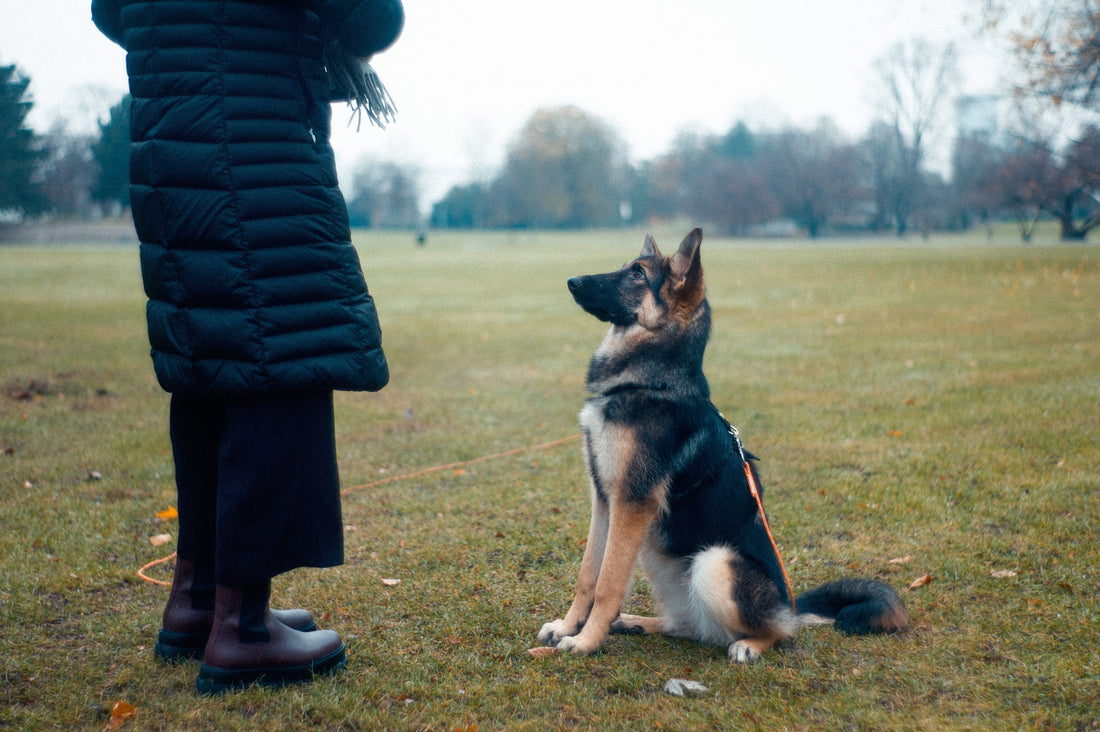Dogs are known for their expressive body language, and by paying attention to their cues, you can better understand their thoughts and emotions. Whether you're a seasoned dog owner or considering adopting a furry friend, decoding your dog's body language is essential for building a strong bond and ensuring their well-being. In this guide, we'll explore the fascinating world of canine communication.
1. Tail Talk
A dog's tail is a powerful indicator of their emotions. A wagging tail usually signifies happiness and excitement, but the speed and position of the wag matter. A high, fast wag often indicates extreme joy, while a low, slow wag can signal submission or uncertainty.
2. Ears Up or Down
Ears perked up and forward typically express alertness or curiosity. On the other hand, flattened ears against the head can be a sign of fear or submission.
3. Eye Contact
Direct eye contact can convey confidence or a challenge in some dogs, while in others, it may indicate trust and affection. However, prolonged staring can be seen as a threat, so be mindful of your dog's comfort level.
4. Mouth and Lips
A relaxed, slightly open mouth with a lolling tongue is a sign of contentment. On the contrary, lips pulled back to reveal teeth can indicate aggression or discomfort.
5. Posture
A dog's posture reveals a lot. A playful dog may have a loose, wiggly body, while a fearful dog may crouch or hunch. An erect, rigid stance may signify alertness or dominance.
6. Whining, Barking, or Growling
Vocalizations are essential cues. Whining can indicate stress or a desire for attention, while barking can express excitement, alarm, or territorial behavior. Growling may signal aggression or discomfort.
7. Paw Gestures
Scratching or pawing at you may be a sign of attention-seeking or a request for play. A raised paw can also be a sign of submission or a request for interaction.
8. Rolling Over
A dog rolling over onto their back can be a sign of trust and submission. However, it's essential to differentiate between a relaxed roll and a tense, defensive posture.
9. Tail Tucked
A tucked tail between the hind legs typically indicates fear or submission. It's a sign that your dog is uncomfortable or anxious.
10. Yawning
Yawning is not always a sign of sleepiness in dogs. It can also indicate stress or discomfort, especially in unfamiliar situations.
Understanding your dog's body language can help you respond appropriately to their needs and emotions. It's essential to remember that each dog is unique, and their signals may vary. Over time, you'll develop a deeper connection with your furry companion by learning to "speak" their language.

